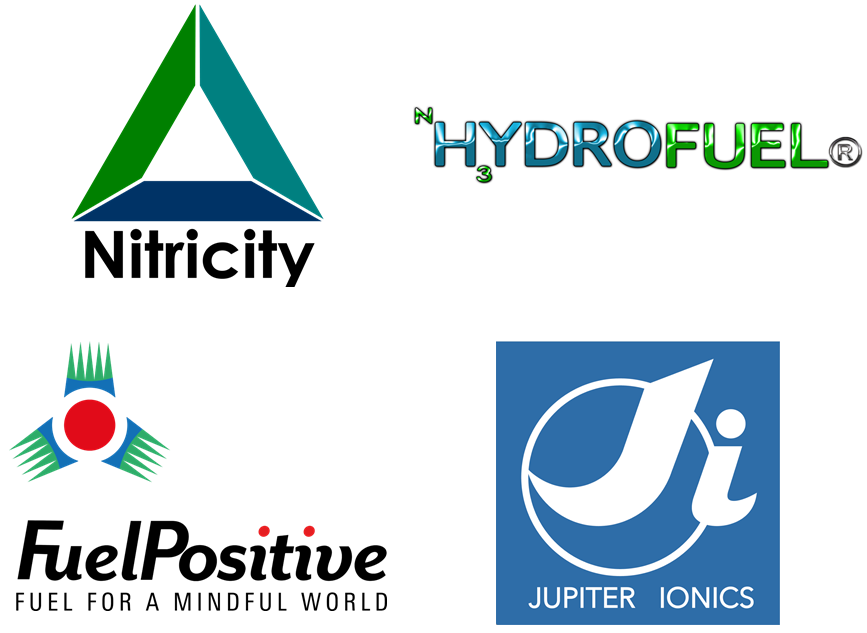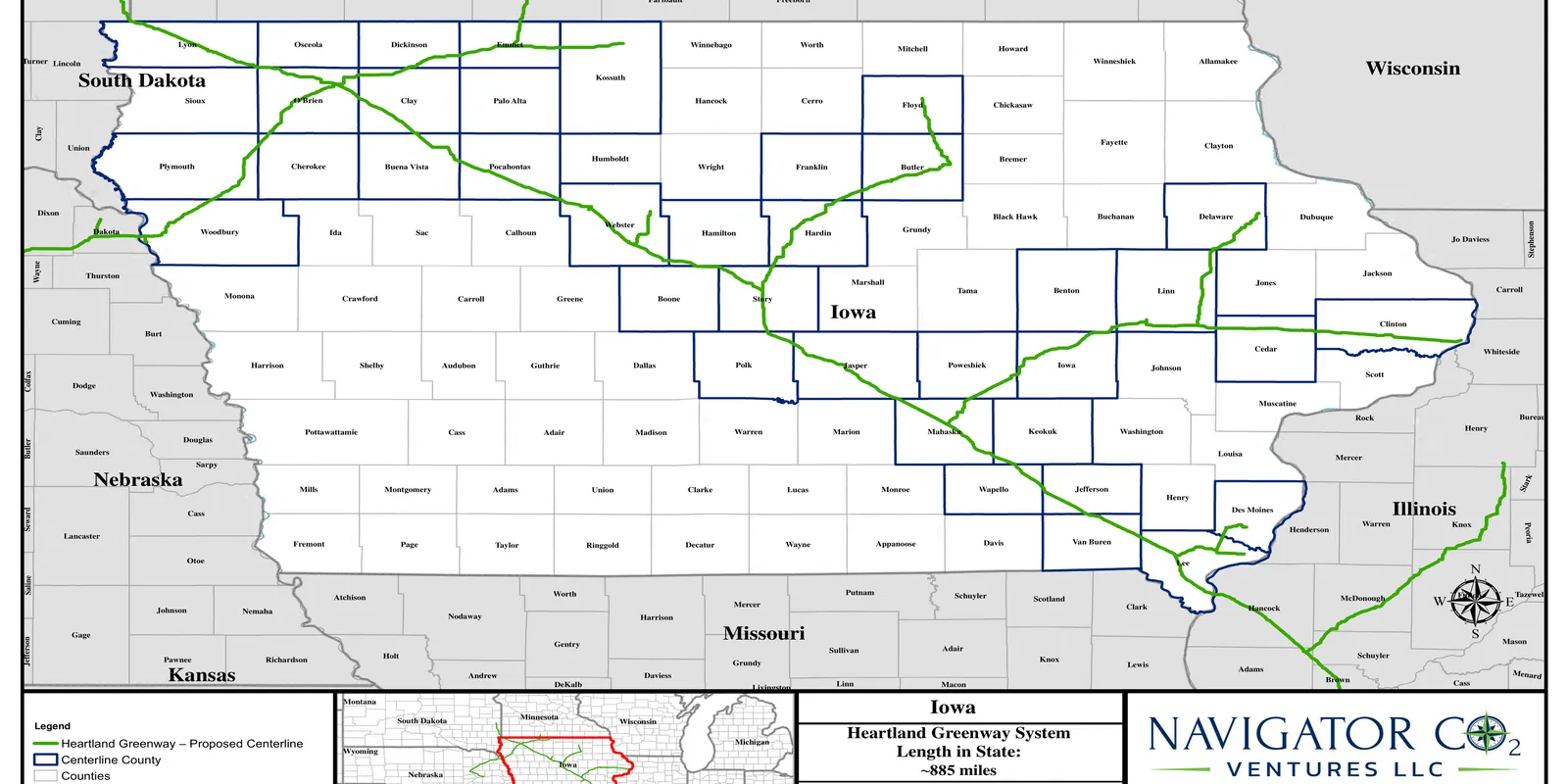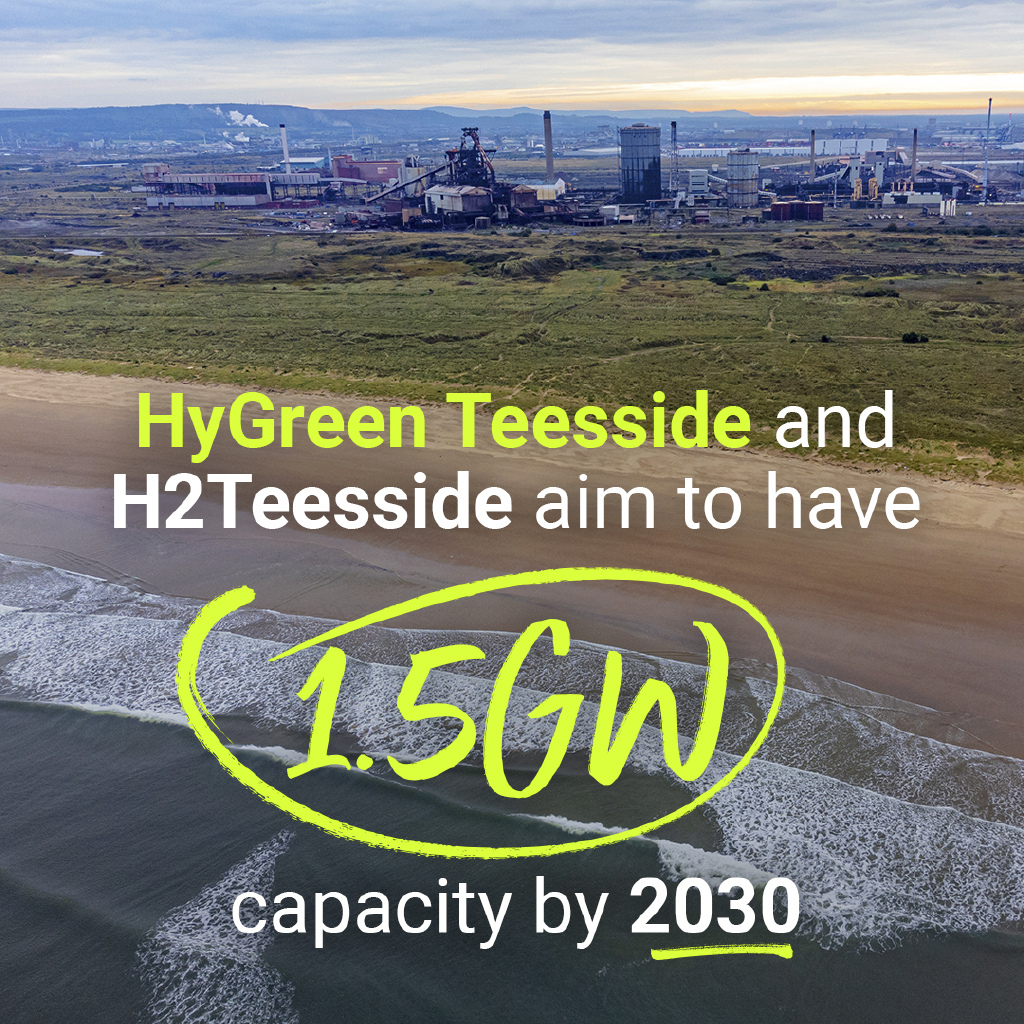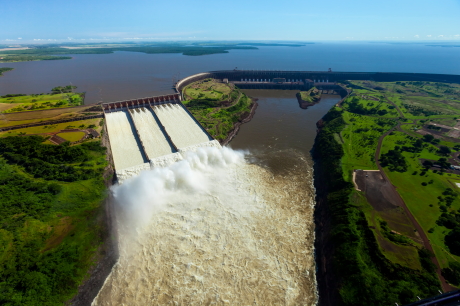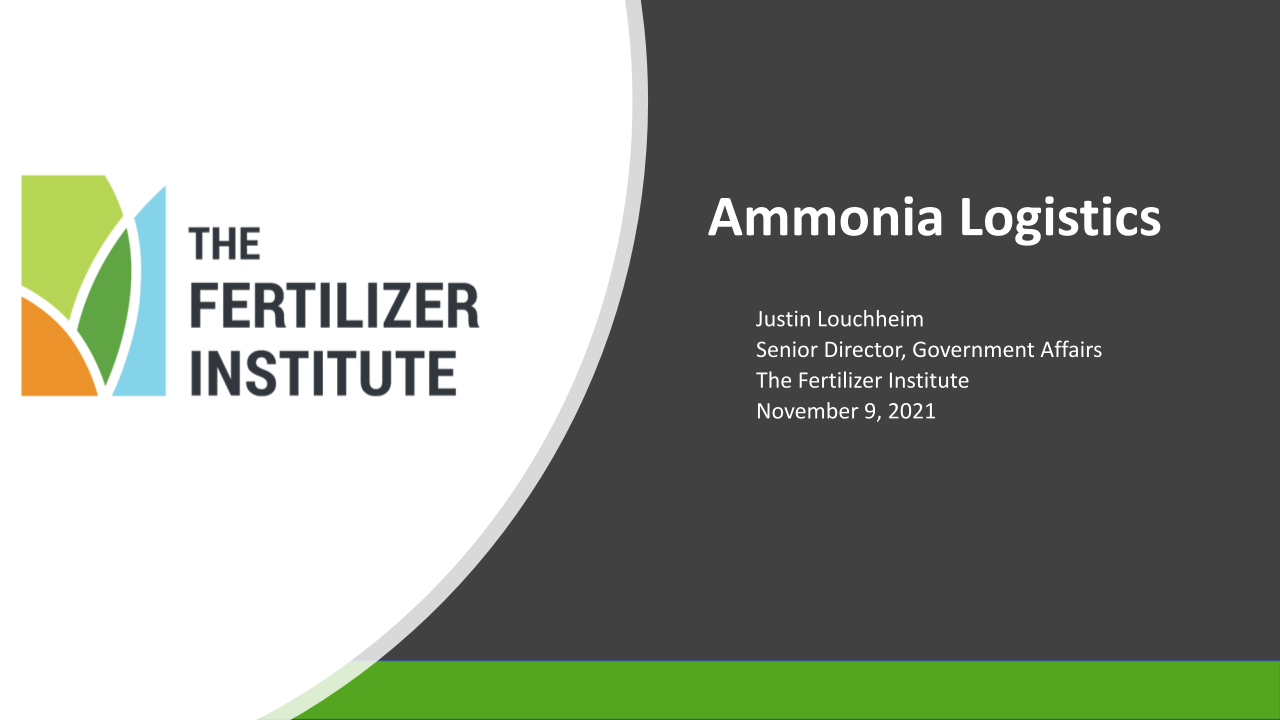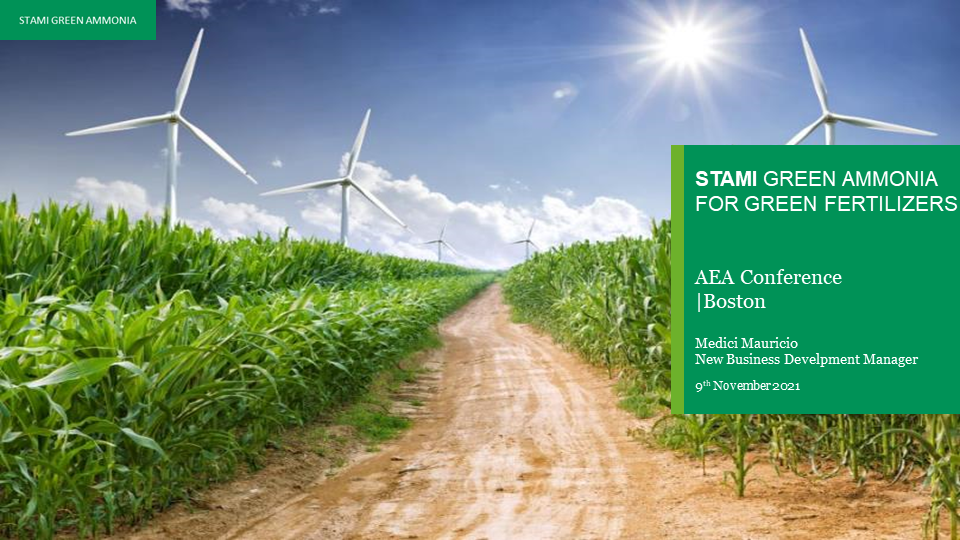Financing updates for novel ammonia energy solutions
This we week we explore four new announcements for financing ammonia energy solutions from Jupiter Ionics (modular 3rd generation synthesis), Hydrofuel (novel cracking technology), FuelPositive (green ammonia synthesis) and Nitricity (point-of-use green fertiliser).
